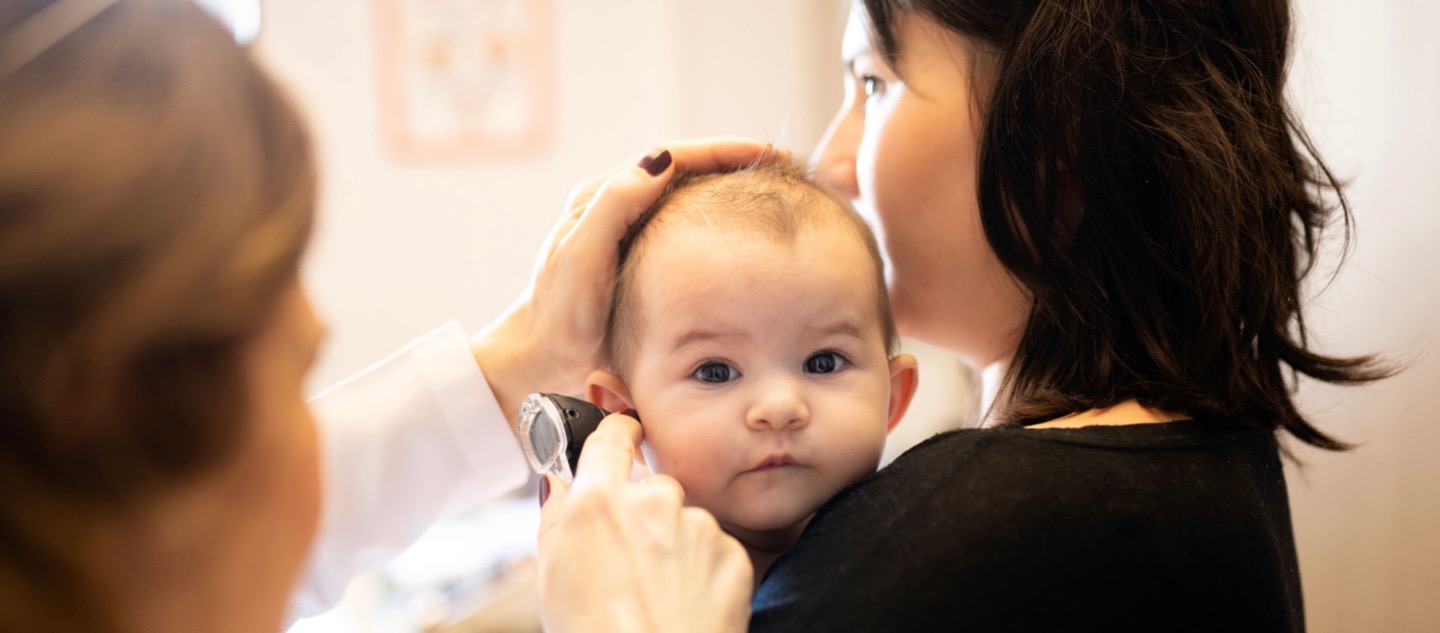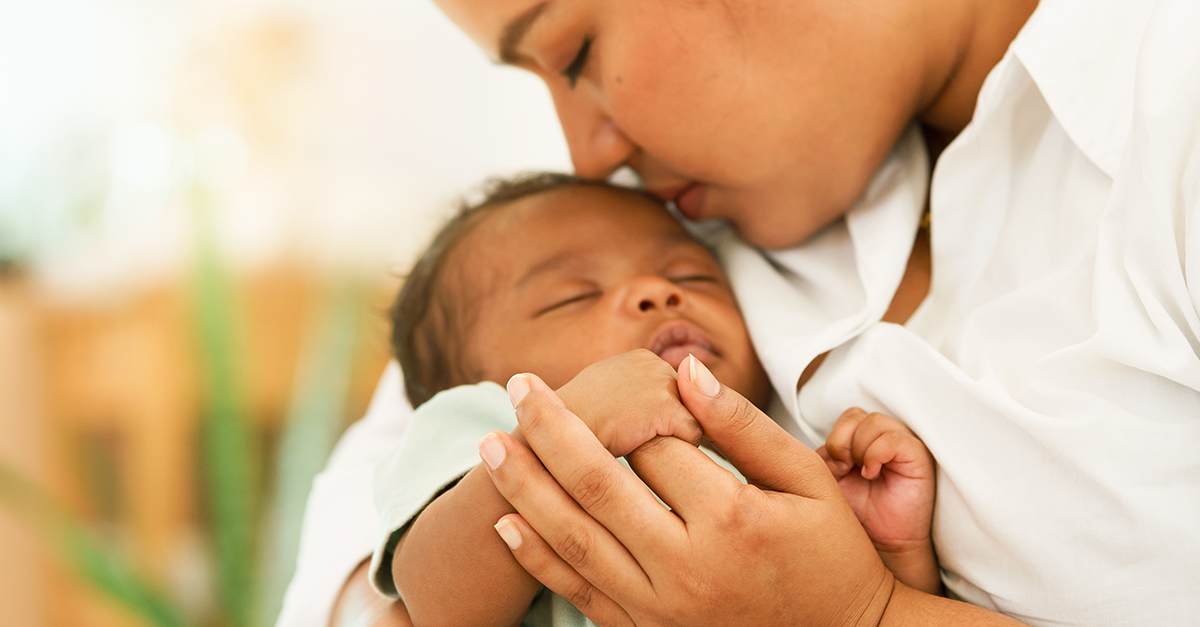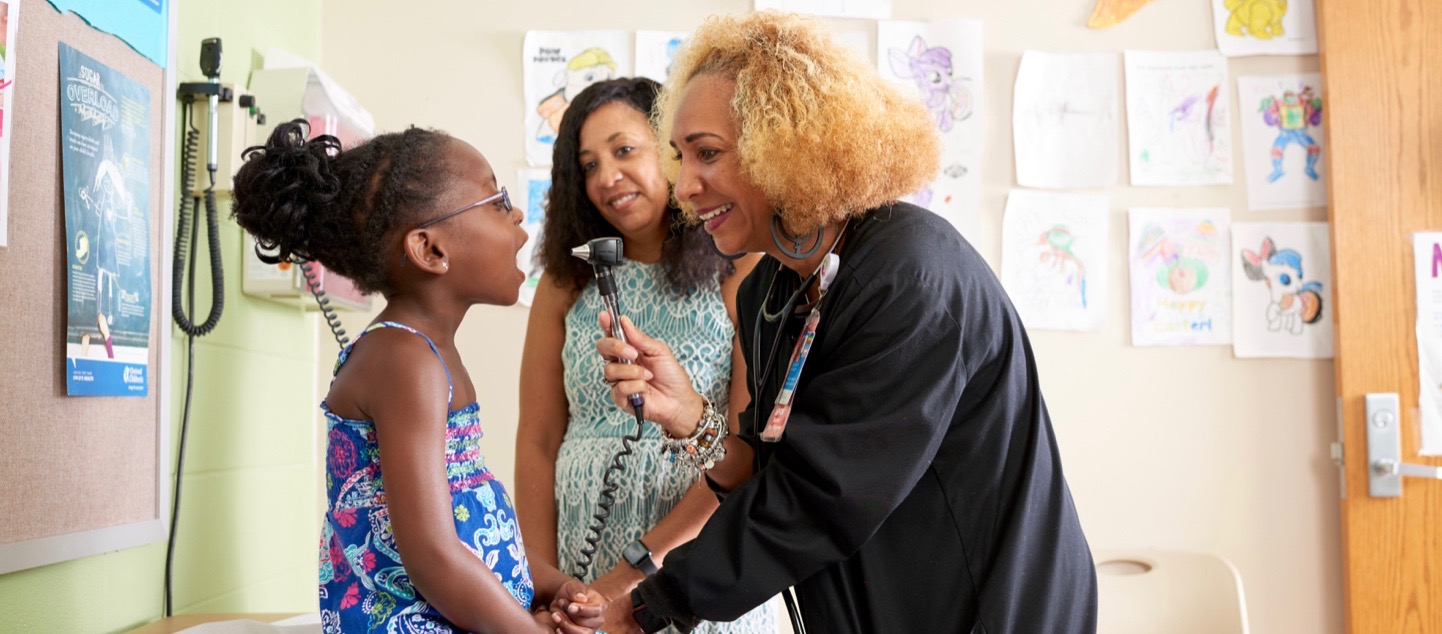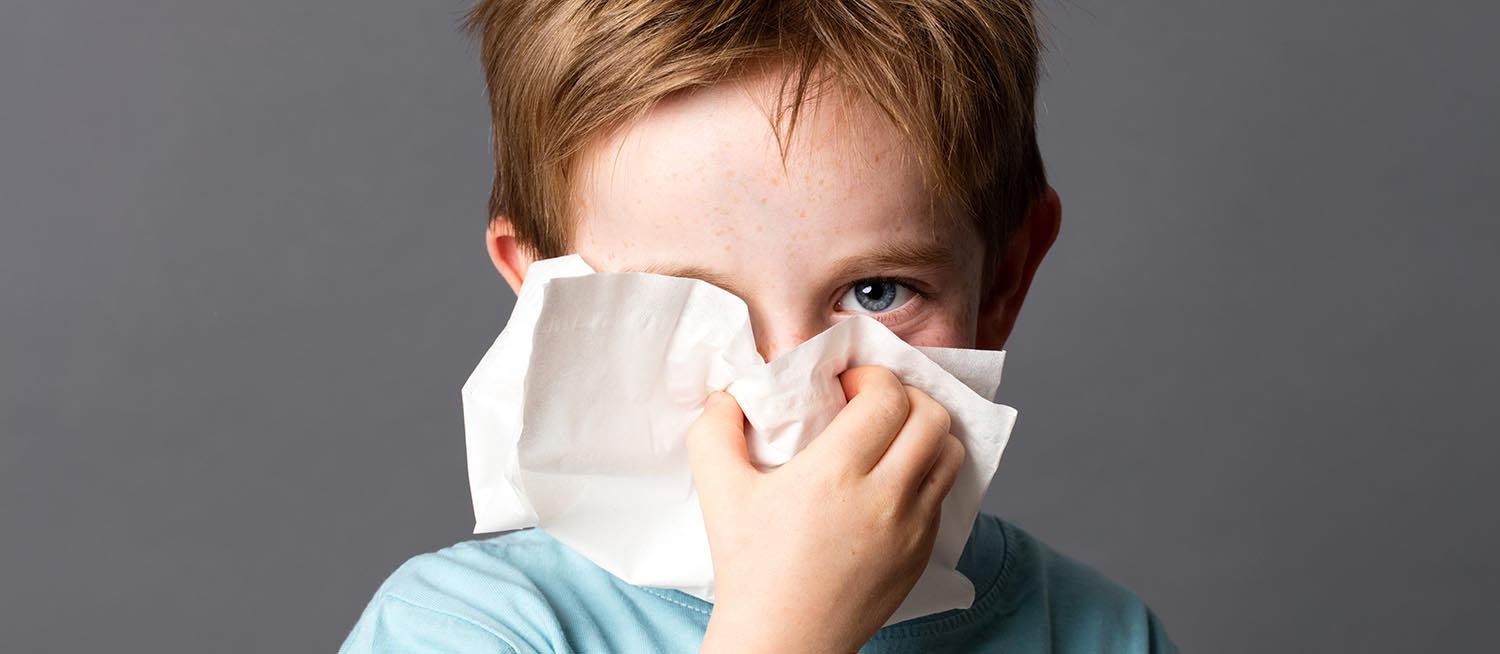Let’s take a look inside those ears. How many times have you heard that when you take your kids to the doctor? It’s a routine part of an exam and the key to determining if a patient has an ear infection.
Ear infections are common in childhood but for some kids, they happen often enough that pressure equalizing tubes or PE tubes become a treatment option. If your child has had three ear infections over a six-month period, or four infections in one year, your pediatrician has probably talked to you about ear tubes. Or if she or he has not, I’d recommend you ask about them.
PE tubes are common in kids. At Cincinnati Children’s we average 13 ear tube procedures every day. That’s almost 5,000 per year. It’s a procedure that only takes about ten minutes in the operating room, but considering whether it is right for your child takes much longer.

Two Main Reasons For Tubes
We typically recommend tubes for kids who fit into one of two categories:
- The child has had multiple ear infections over a period of months.
- The child’s ears consistently have fluid behind the ear drum that does not clear, which can cause hearing trouble and make ear infections more likely.
We usually tell parents that if frequent ear infections are having a negative impact on the quality of life of your child, it’s time to consider tubes.
The Benefits of Ear Tubes
To understand the benefit of tubes it’s important to understand what causes ear infections. In the ear, there is a tube called the Eustachian tube that runs from the middle part of the ear into the back of the nose and helps to balance the pressure in the ear. When this tube isn’t working well, which is more likely in babies, it sets kids up for ear infections.
When we insert the PE tube, it takes over the role of the Eustachian tube. This creates a constant opening in the ear to the outside world, which keeps the pressure balanced inside and outside the ear. This lessens the likelihood of an ear infection.
Having tubes doesn’t mean your child won’t get any more ear infections. But, tubes do typically decrease the frequency and severity of future ear infections. The tubes serve as a pathway out for the fluid that would otherwise be trapped behind the ear drum. That fluid causes the pressure and pain associated with an ear infection. By getting the fluid out of the ear, your child likely won’t get as sick, or be as susceptible to a high fever caused by the infection.
Important Considerations
Even though having ear tubes put in is the most common surgical procedure performed on children in the United States, it’s still a surgery and requires general anesthesia.
- For some kids tubes can cause frequent drainage from the ear. This isn’t a problem medically, but it can be a hassle for parents because it creates one more mess to deal with.
- The tubes we put in normally last about a year, but sometimes they come out sooner than we would like. This can be very frustrating for families who have gone through the stress of a medical procedure only to see it not work like they had hoped.
- At the opposite end of the spectrum, sometimes tubes don’t come out on their own like they’re supposed to. If that happens, your child has what’s called a retained tube and we have to remove it either in a clinical setting or in the operating room for younger children.
- In a small number of kids who have tubes the hole created to insert the tube never goes away and we have to patch it during another procedure.
Your Comfort Level
A parent’s preference also plays a large role in whether tubes are the right treatment for a child. For some families surgery, even if it’s a ten minute procedure, is something they want to avoid. For those families we can continue to treat the child’s ear infections with antibiotics as long as the infections are clearing and the child’s hearing is not affected.
Other families are trying to avoid antibiotics. In those cases surgery becomes a more appealing option. Not only do tubes cut down on the number of ear infections, but they also allow us to treat many subsequent ear infections with antibiotic ear drops instead of an oral antibiotic that goes through the whole system of the child.
Overall ear tubes are successful in the vast majority of the kids we treat. Ear infections are a painful part of childhood. But if that pain is putting excessive stress on a child and his or her parents it’s time to do something about it.
It’s also important to remember that until the tubes are out, your child should be seen by an ear, nose and throat (ENT) specialist. This is so they can check on the tube position and the health of your child’s ears. At Cincinnati Children’s you can schedule an appointment with one of our ENT’s by going to the pediatric otolaryngology section of our website.




